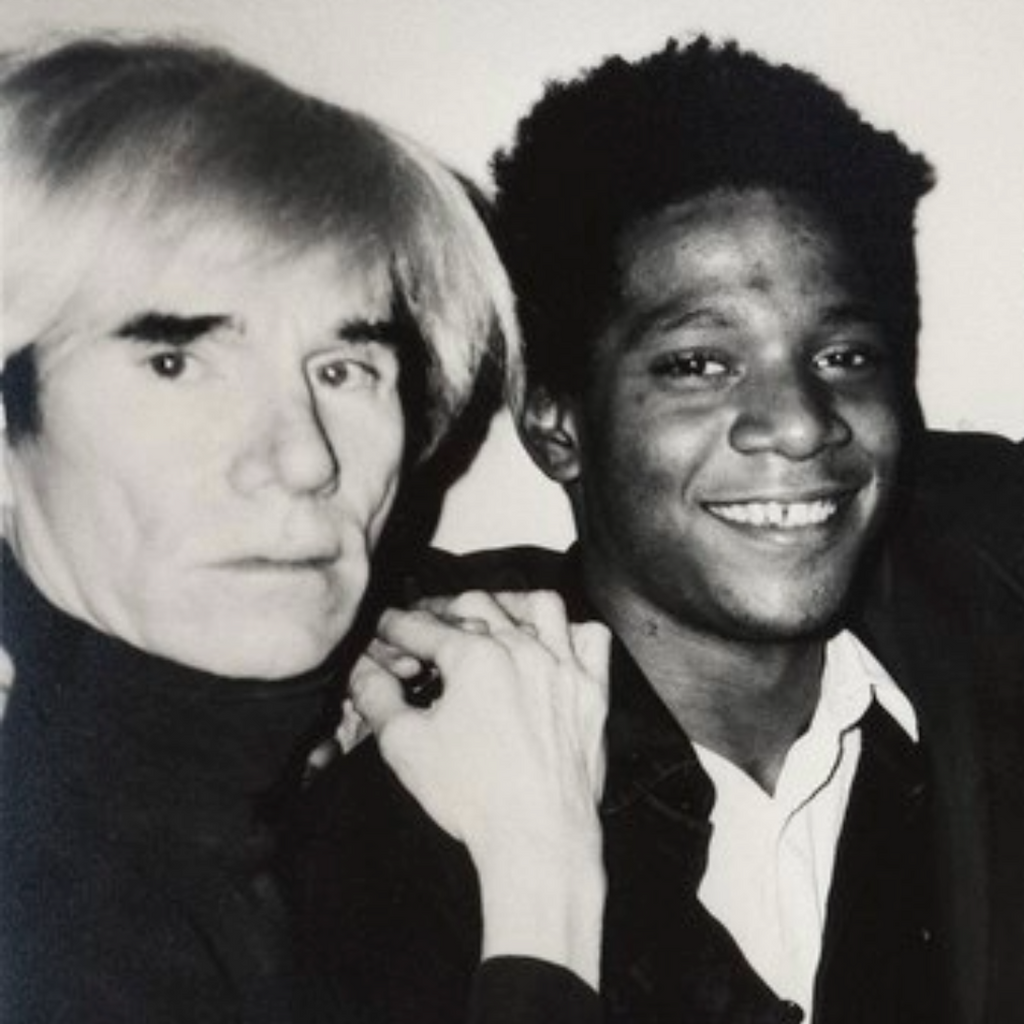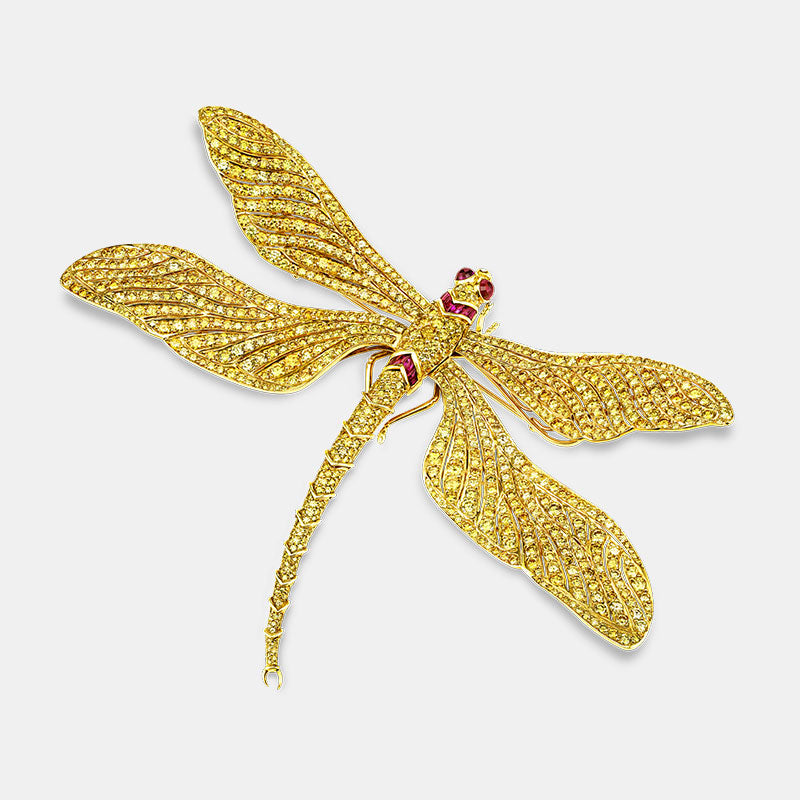The History of Pink in Pop Culture: Barbie and Beyond
Amidst the release of Greta Gerwig's 2023 summer blockbuster film Barbie, the color pink embarked on an impressive journey, infiltrating virtually every corner of the popular culture scene. From accessories adorned with Barbie motifs to colorful clothing sported by eager moviegoers, pink established itself as the foremost shade embraced by enthusiasts of the film. A blend of nostalgia with a feminist perspective, pink's revival has prompted a contemplative question: how did pink come to symbolize femininity in the first place?
A Color with Identity: Pink's Distinctive Hue

A lighter hue of red, pink possesses its own identity — unlike similar tones of “light blue” or “light green.” Its name originates from flowers called pinks, also known as Dianthus plumarius. The verb "to pink," dating back to the 14th century, refers to the act of decorating with a perforated or punched pattern, possibly influenced by the German word "picken," meaning "to peck." Interestingly, this verb remains relevant through the widely used household tool, pinking shears.
Sèvres Porcelain and Marie Antoinette: The Pink Renaissance


The Gendered Evolution of Pink: Early Norms
Interestingly an 1893 article about baby clothing published in the New York Times proposed a rather surprising viewpoint. The article advocated for assigning pink to boys and blue to girls, with the interviewee reasoning that boys possessed a more optimistic outlook compared to girls, making pink a suitable choice for them, while the notion of girls embracing a woman's life was portrayed as a "baby blue" prospect. Although this anecdote holds no concrete authority, it mirrors the prevailing gender roles and norms of the 18th to early 20th centuries.

During this era, society designated pink, a faded variation of red akin to the hue worn by cardinals and soldiers in scarlet jackets, as the customary color for young boys, destined to mature into men. Conversely, the color blue, associated with the Virgin Mary, was allocated to girls, aligning their attire with the idealized image of womanhood. This norm is reflected in the work of Renoir, for example, who regularly portrayed his sons in pink clothing and ribbons.
In Portrait de Coco et Fleurs, Renoir captures his five-year-old son Claude, or Coco, in profile as he focuses on his drawing. Positioned just above this portrait is another of Renoir's beloved themes: a lavish array of flowers, depicted with vivid pink colors and meticulous detailing. The floral arrangement harmonizes with the child's pink blouse and golden blonde hair, collectively infusing the artwork with a poignant blend of sentimental tenderness.
The Rise of Shocking Pink: Artistic Interpretations of a Vibrant Hue
Daisy Fellowes’ Colorful Influence: From Diamonds to Perfume
Fellowes’ attention was captivated by the Tête de Bélier ("Ram's Head"), an extraordinary 17.47-carat pink diamond once owned by Russian royalty. Embracing this vibrant pink hue, she wore the diamond to visit with her friend, celebrated designer Elsa Schiaparelli. Equally overwhelmed by the gem's beauty, Schiaparelli later characterized the diamond's hue as "bright, impossible, impudent, becoming, life-giving, like all the lights and the birds and the fish in the world together." Thus, with the seal of approval from two of fashion's leading luminaries, the pink hue was once again en vogue for women all over the world.

Surrealists and Pink: Artistic Interpretations of a Vibrant Hue
Schiaparelli's fascination with the pinkish hue did not end there. She quickly commissioned the work of surrealist painter Leonor Fini to design Schiaparelli's inaugural perfume bottle in 1937. Appropriately christened "shocking," the perfume itself managed to encapsulate the audacious spirit inherent in this particular color.

This project, along with Schiaparelli’s subsequent use of “shocking pink” throughout her oeuvre, helped give rise to the hue’s ascension as the quintessential couture shade embraced by those with an eye for design and innovation. Along with Fini, other Surrealists eagerly embraced this new hue. Henri Magritte, for example, adopts a warm pink-hued palette in his remarkable work, Le carnaval du sage, painted after World War II.
While firmly rooted in Surrealism, the understated yet radiant hues filling the background of the artwork underscore the influence of Impressionism on Magritte, specifically drawing from the style of Pierre-Auguste Renoir. The central figure, in and of herself, exudes a distinct Renoir-like quality, reminiscent of the artist's late monumental nudes, with their bronzed skin and heightened warmth.

M.S. Rau.
Pink on the Silver Screen: How Film Shaped the Color's Legacy

In 1953, during the production of the film Gentlemen Prefer Blondes, the task of creating a dress that was simultaneously "modest" yet alluring for the movie's leading lady, Marilyn Monroe, fell upon costume designer William Travilla. This assignment centered around a pivotal scene where Monroe would perform the now-iconic song "Diamonds Are a Girl's Best Friend."

The decision was influenced by concerns stemming from Monroe's recent appearance in a nude magazine spread, which prompted executives to be cautious about her image and its potential impact on the film's perception. The result, Monroe's shocking pink dress, is now considered one of Hollywood's most renowned examples of pink attire, an embodiment of Monroe's electrifying charisma and the enduring power of wearing pink.
Beyond Aesthetics: Exploring Pink's Societal and Cultural Impact
Pink, a color that graces both the skies during sunrises and sunsets and the vibrant blossoms of spring, stands as a steadfast presence in both nature and culture. It holds the power to evoke a range of emotions, from joy and affection to the warmth of love and its historical ties to fashion emphasize its enduring significance. As the tides of time shift, pink art, clothing, decor and accessories remain an influential force, symbolizing culturally significant ideologies.- In the pink of health: To be in excellent health or a good physical condition.
- Tickled pink: To be extremely pleased, delighted or amused by something.
- Pink-collar job: A job that is traditionally associated with women, such as roles in nursing, teaching or administrative positions.
- Pink slip: Being fired or laid off from a job.
- Seeing pink elephants: Used to describe a hallucination caused by excessive drinking or intoxication.
- Rose-colored glasses: Looking at a situation with an overly optimistic or positive perspective, often disregarding potential problems or difficulties.
- Pinkie promise: A childlike gesture where two people interlock their pinkie fingers as a sign of a sincere promise or agreement.







